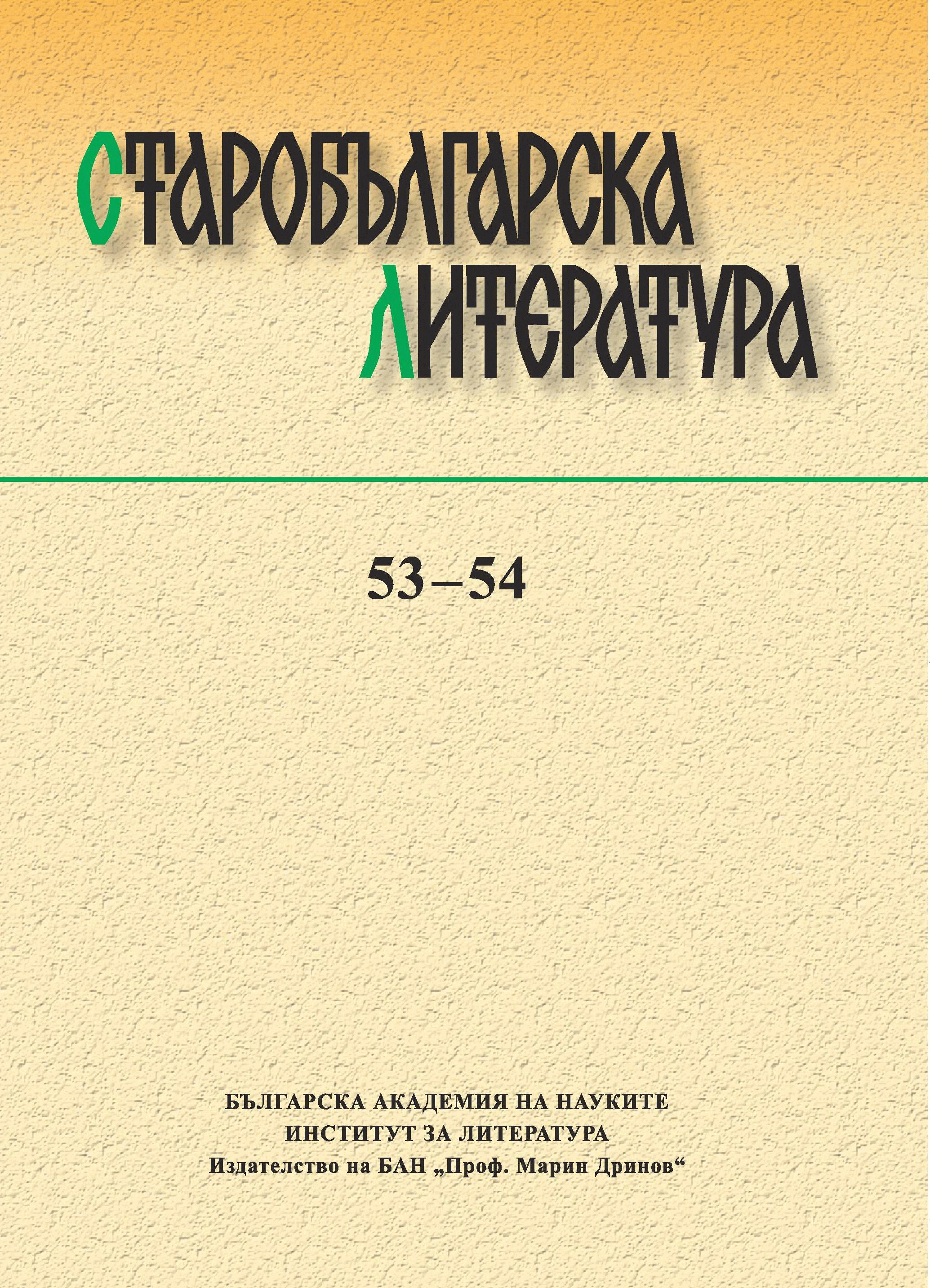
We kindly inform you that, as long as the subject affiliation of our 300.000+ articles is in progress, you might get unsufficient or no results on your third level or second level search. In this case, please broaden your search criteria.

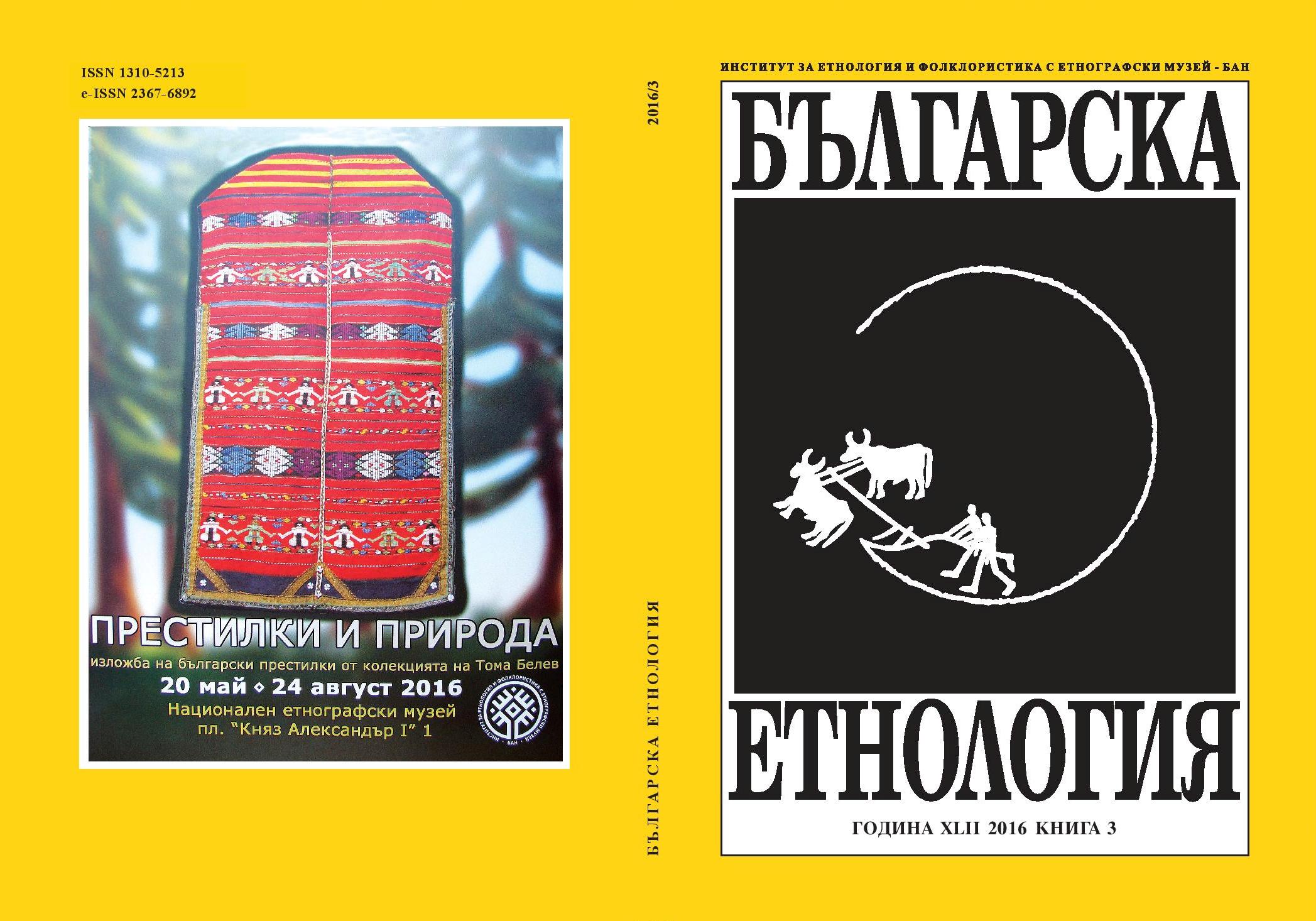
The article presents in chronological order the donations which have come in thespecialized ethnographic archive of the Institute of Ethnology and Folklore Studieswith Ethnographic Museum. It analyzes the dynamics of the donations, their thematiccontent, territorial range, and the motivation of the donors as well as traces the processof transformation of the personal documents into public socially significant culturalfacts.
More...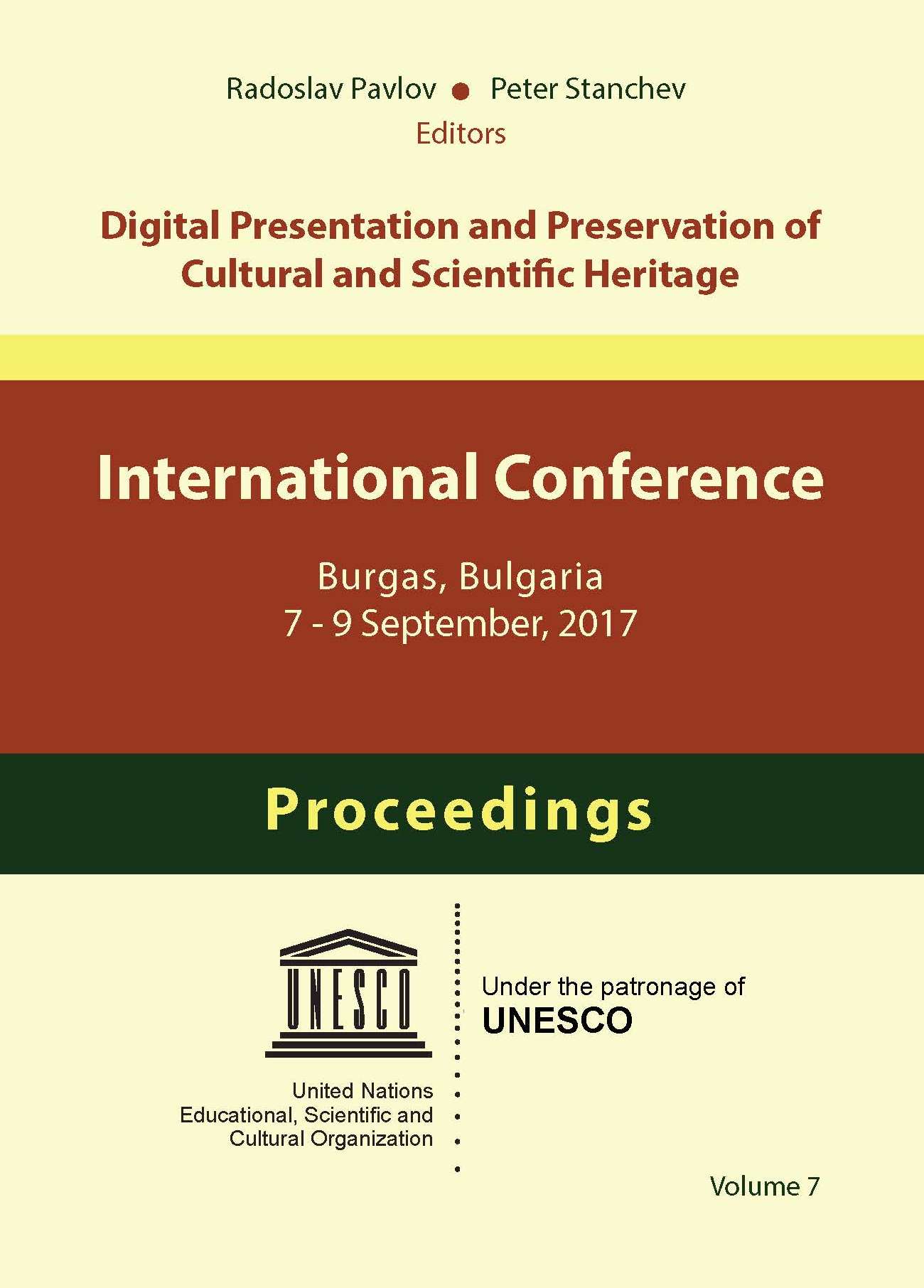
Libraries have always been a valuable source of knowledge. The technology evolution transformed the traditional libraries into digital ones which arose the need of efficient serve of the huge amount of information that now exists in the form of digitized content. The focus of the monographic study “Multimedia Digital Library: Constructive Block in Ecosystems for Digital Cultural Assets. Basic Functionality and Services” is on the search of innovations especially in areas and subareas relevant to digital library data management and processing—innovative and creative tools for approaching cultural assets, applications and services for better access and exploiting of the rich and diverse digital cultural heritage in a sustainable way, intelligent curation, creative use/re-use and remix, reinterpretation, study, understanding, analysis, personalization, adaptation, semantics, etc. The research deals with important issues of handling data directly, affecting the economy (as presented by creative and re-creative industry), the public sector (cultural institutions—museums, libraries, galleries, etc.), education, and society as a whole.
More...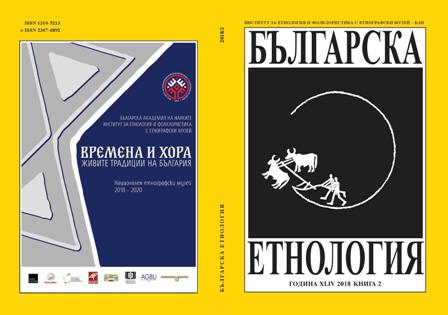


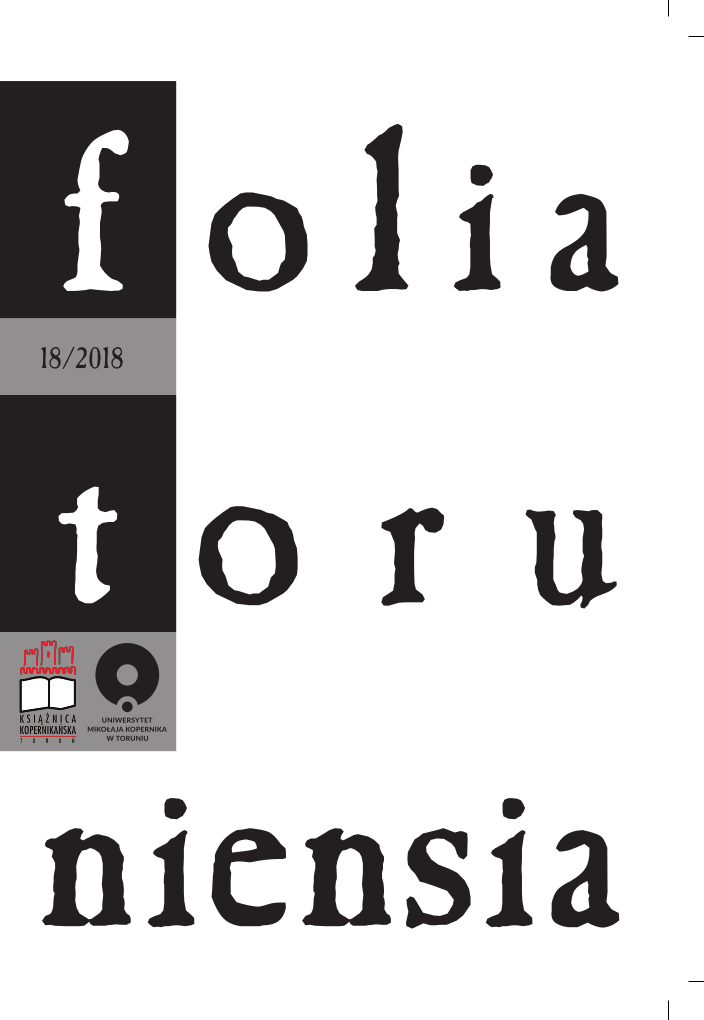
Aim: The aim of the text is a brief presentation of the conference that took place on March 15-16, 2018. At that time, the 3rd National Scientific Conference entitled: “Man – Information. Book. Media “ took place at the Collegium Humanisticum of Nicolaus Copernicus University in Toruń (hereinafter: UMK) Its organizer was the PhD Student Scientific Circle ePRINT, operating at the Institute of Information Science and Bibliology of Nicolaus Copernicus University. Research method: The author participated in the symposium sessions, listening to all speeches, additionally asking questions during the discussion. Results/Conclusions: The conference is a great initiative for young scientists, who thanks to it can test their skills in this type of activity; it was the fourth edition of this congress. Unfortunately, the overall positive impression was spoilt by a few speeches of low quality that should not have been allowed to be delivered.
More...
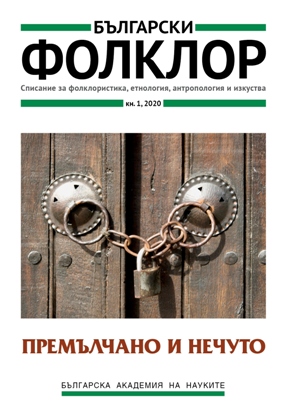
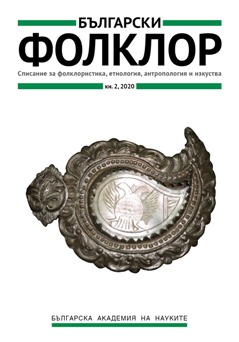
Known to man since time immemorial, nacre is one of the most popular and most highly valued material that are still in use nowadays in the creating of different pieces of jewelry and decorations. Subject of the study are some of the most attractive and beautiful belt buckles (pafti) which are property of the Regional Museum of History in the town of Kardzhali. Additionally, nacre is described as a raw material in regards with its composition and structure, its natural sources and the ways in which it is used. The article is an attempt to view the subject from an interdisciplinary perspective and give a complex picture, using the resources of different disciplines. Its goal is to interpret the messages encrypted in the images on the belt buckles, and also to answer a series of questions about the type, nature, biogeographic origins and the way of processing the raw nacre.
More...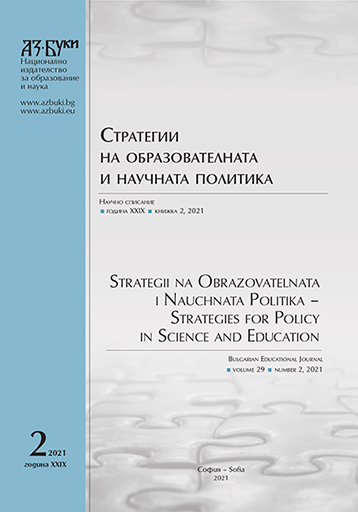
The introduction of new bibliometric indicators for measuring scientific work puts the university and scientific libraries in Bulgaria in the need of creation of databases with citations of professors and scientists in every scientific organization. Each country creates its own citation index. The purpose of the article is to analyse existing bibliographic practises for classifying scientific references and the examine the question for the creation of a National platform to unite them, as well as creating a National Reference Register, in particular one for social studies. It is time for us to decide who will manage the combined citation document resources and how to create a Bulgarian index for scientific citation or a National Citation Index, in general and one for the social studies in particular. Social studies are less represented than the other branches of science, for example, in platforms like Scopus and Web of Science, which are the most influential platforms in the world and publishing and citation in them has more weight in the formation of the minimal national requirements for academic growth. I am using the historical approach and comparative analysis to show the practical experience of countries that have created such Registers and have achieved excellent results. I also offer for discussion a model to build a hierarchical structure for exchange of quoted data. The university libraries need exact criteria which citation to list and how the Bulgarian index for scientific citation in general will be formed, as well as the one for social studies.
More...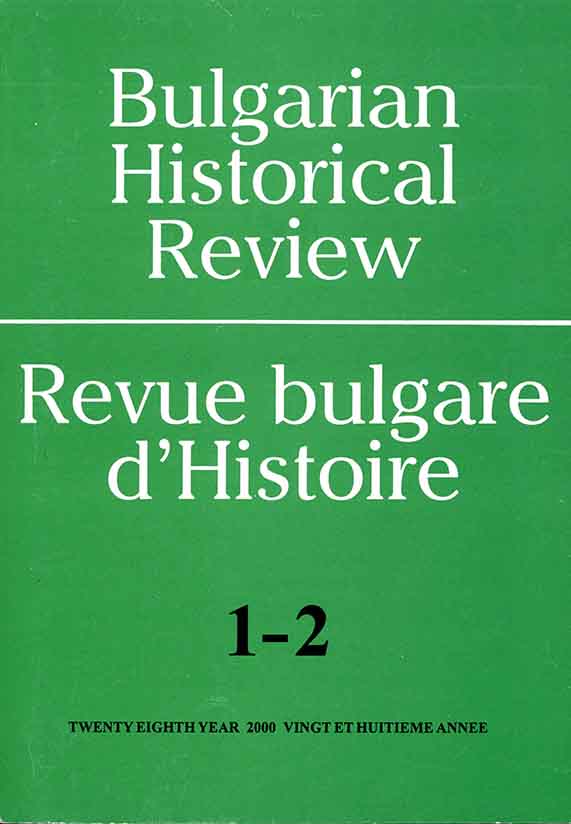

In recent years, studying connections between the human being and environment along with nature has been looked at as a topic of significant value for literary researchers. Thus, the emergence of eco-critical approach in the countries, which use English as their first language, holds the first position in this respect. This harmony of the two has been discussed for a while in world literature. This research studies literature review and pinpoints the positive view been presented by looking at eco-criticism. The methods used are textual analysis approach and eco-critical approach. The major points of this study are to investigate the main theme and shed light on it and the way William Wordsworth used his writings to protect the environment from destructions and the writer used eco-criticism or ecology in his works in his time. The environment and ecology in William Wordsworth’s poems are the two things which have been dealt with because poems can serve human beings and make them aware of protecting the environment from pollution. This research consists of several essential points about the literature and nature as well as ecology. Besides, the paper presents an introduction about Englandin the nineteenth century, romanticism, and characteristics of romanticism as these are interrelated with eco-criticism.
More...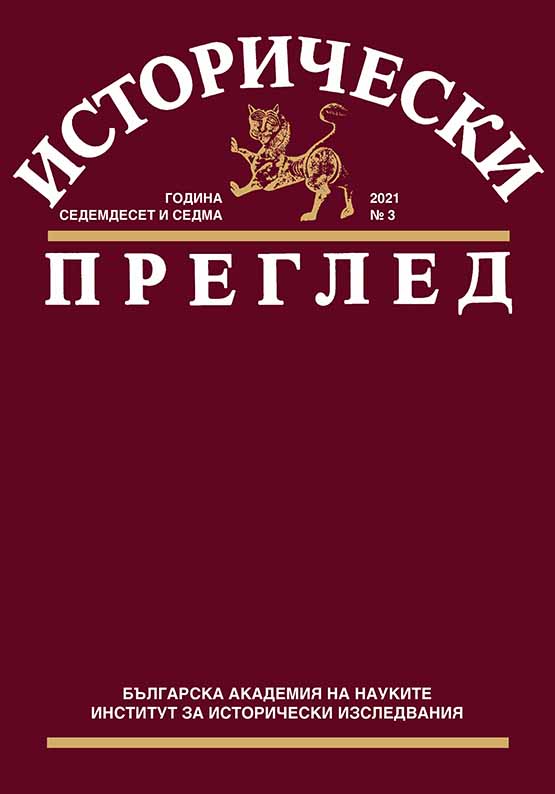
The article traces chronologically the most important moments of the development of the library at the Institute for Historical Studies – BAS from its establishment until 2020. Facts are collected about the state of the library fund in different years until today; the conclusions are illustrated with diagrams. Attention is paid to the work of the library nowadays and the services it provides. The separate collections and some valuable editions that the library owns are briefly revealed.
More...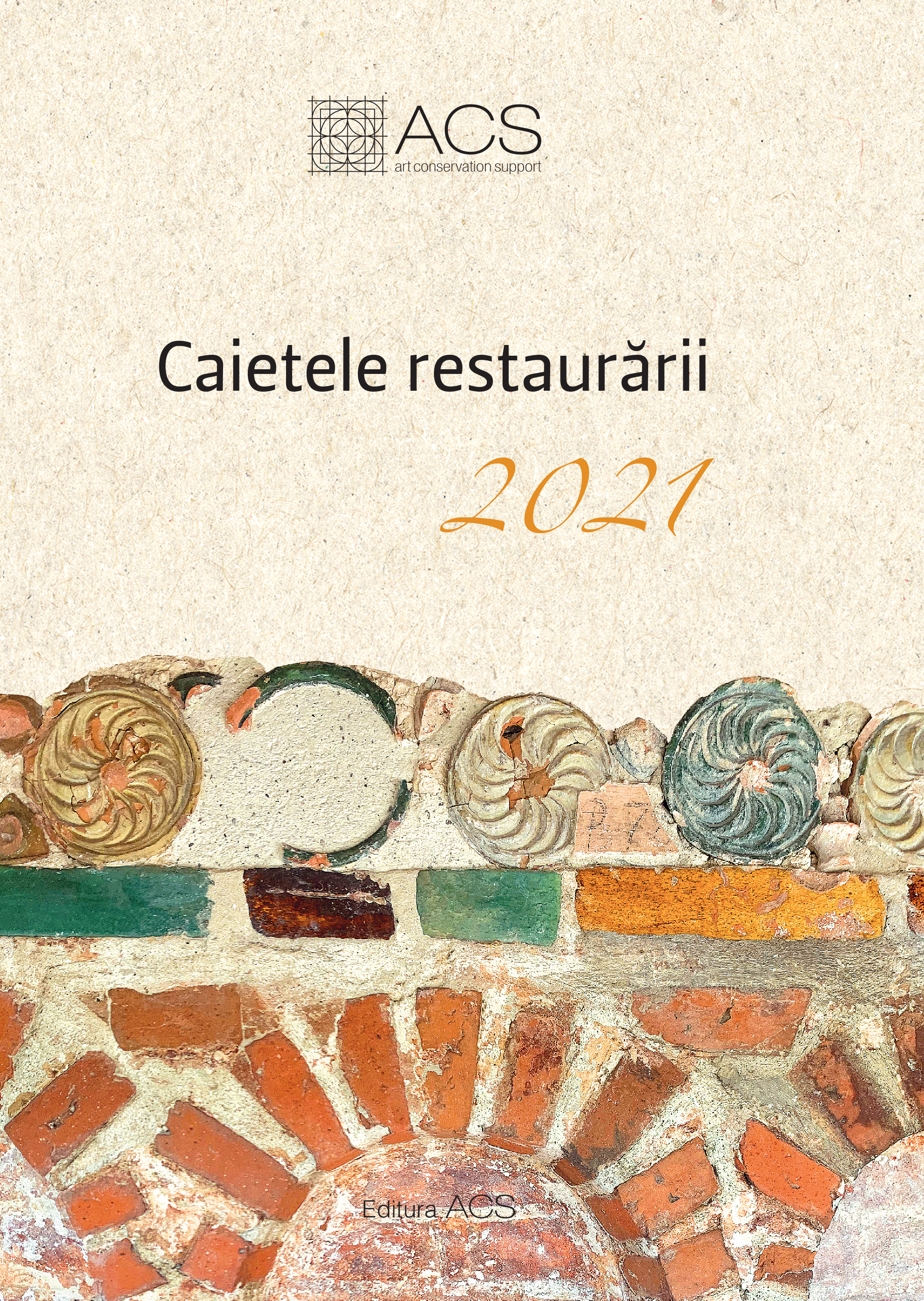
The stated purpose of this article is to sensitize the specialists and responsible institutions on some conservation interventions that are required in the current situation, years after the first emergency interventions started in 1980 at Voroneț.
More...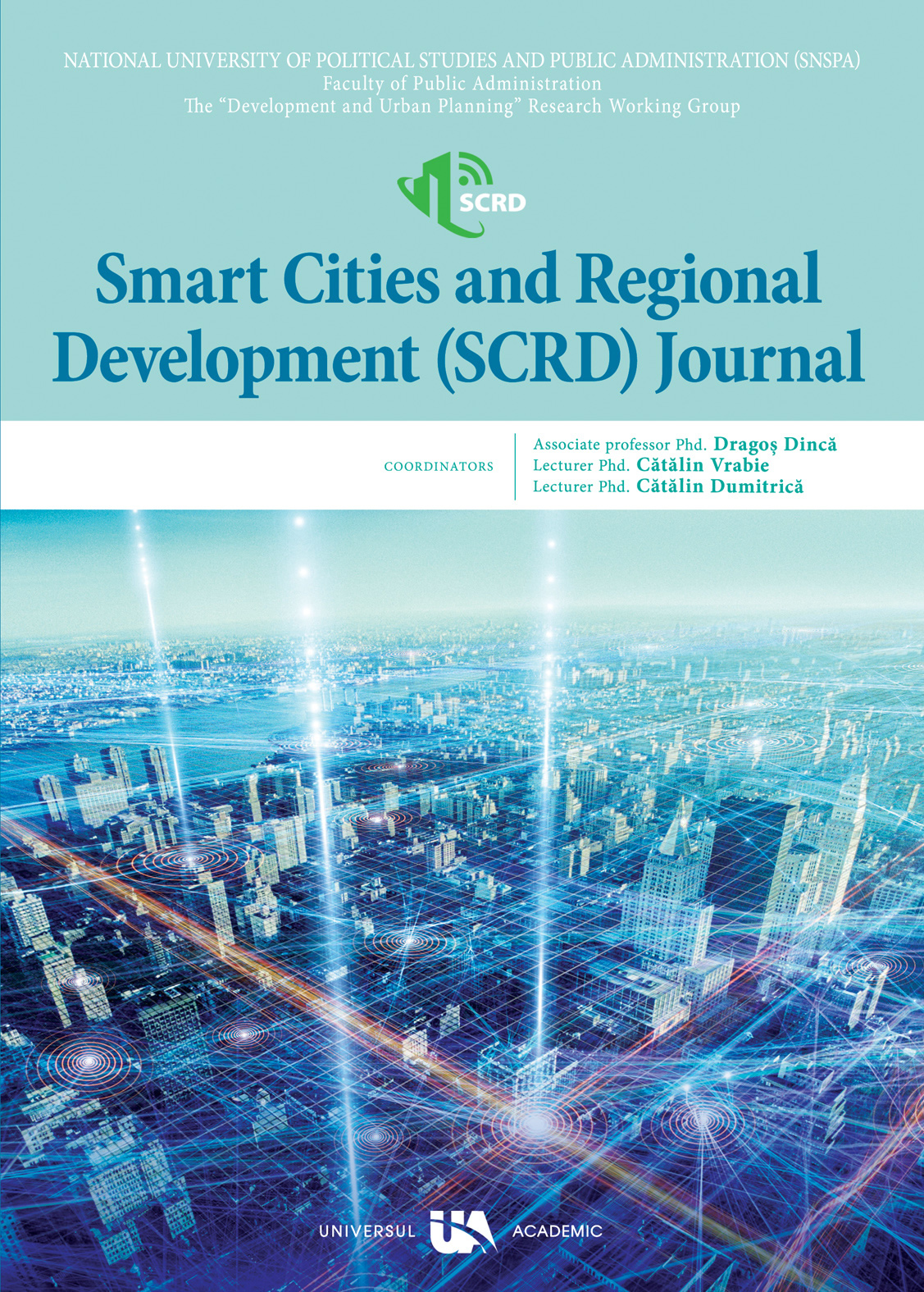
The focus of this work-in-progress paper is on strategy tools, which is a topic that lately has received a lot of interest in practice. There are various streams of literature of strategy tools, ranging from traditional company-related strategy tools to more flexible and individual-based strategy tools. This paper intends to provide some initial insights into this issue. The aim of this study is to explore managerial perceptions of strategy tools as facilitators of the development of business relationships and networks. Many small companies active in the segment of information and communication technology demonstrate difficulties in terms of expanding their business and increasing the product and service portfolio. In this context, this study aims to apply strategic tools and business model in a micro-segment of the software industry inserted into a huge market competition and low entry barriers. The research questions are: a) What are the perceptions of managers of strategy tools as facilitators of developing business relationships and b) how can combinations of strategy tools facilitate the development of different kinds of business relationships? In this paper, the first research question is initially explored empirically. The empirical part of the paper is based on qualitative case studies of ten companies, and more particularly on the perceptions of the managers within these companie. Businesses in all sectors are facing a situation where technology is changing the landscape around them, transitioning from the back room of an organization into the hands of customers, employees and society. Faster development cycles, disruptive business models and increased competition are highlighting the increasingly essential role of technology and automation in business. This means that the success of business relies heavily on the optimal utilization of technology.
More...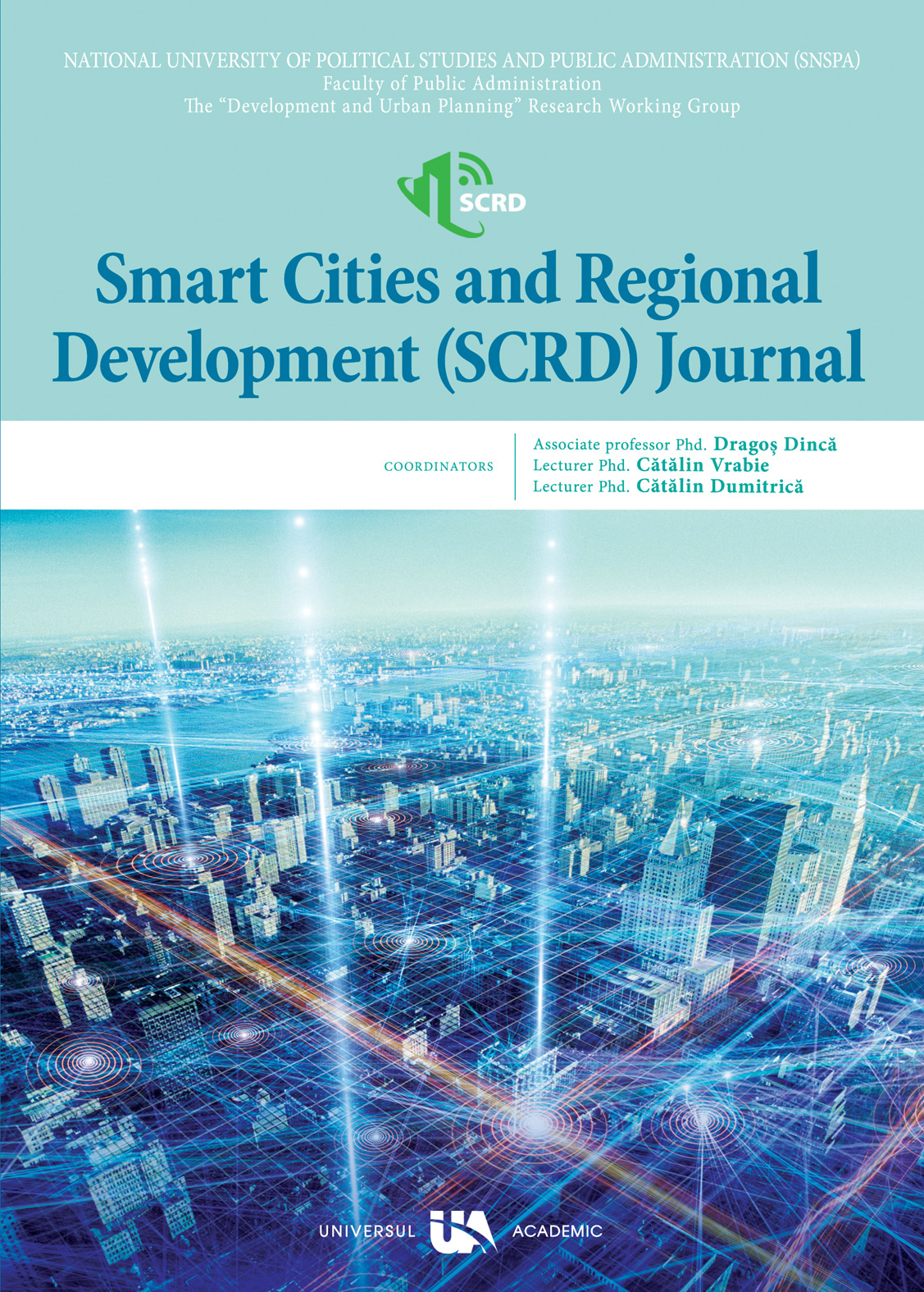
What we see around us and how today will affect tomorrow is all depending on our creativity. Our intelligent life is inspired from our imagination. Since the world exists the main source of ideas has derived from the fairy tales and fables that humanity learned in its infancy. These brainstorming sources of ideas are constantly used by the science and technology to move our life forward through embodying our dreams for freedom, justice, democracy and sustainability through smart concepts and solutions. The future is here inspired by myths and legends and represented by Michio Kaku in his futuristic visions. Our proposed work is to visualise some of these ideas into smart concepts for the future. Our panel will discuss and demonstrate how an idea can transform storytelling into a VR concept and will shed light onto the rise of some of the most ground-breaking emerging technologies.
More...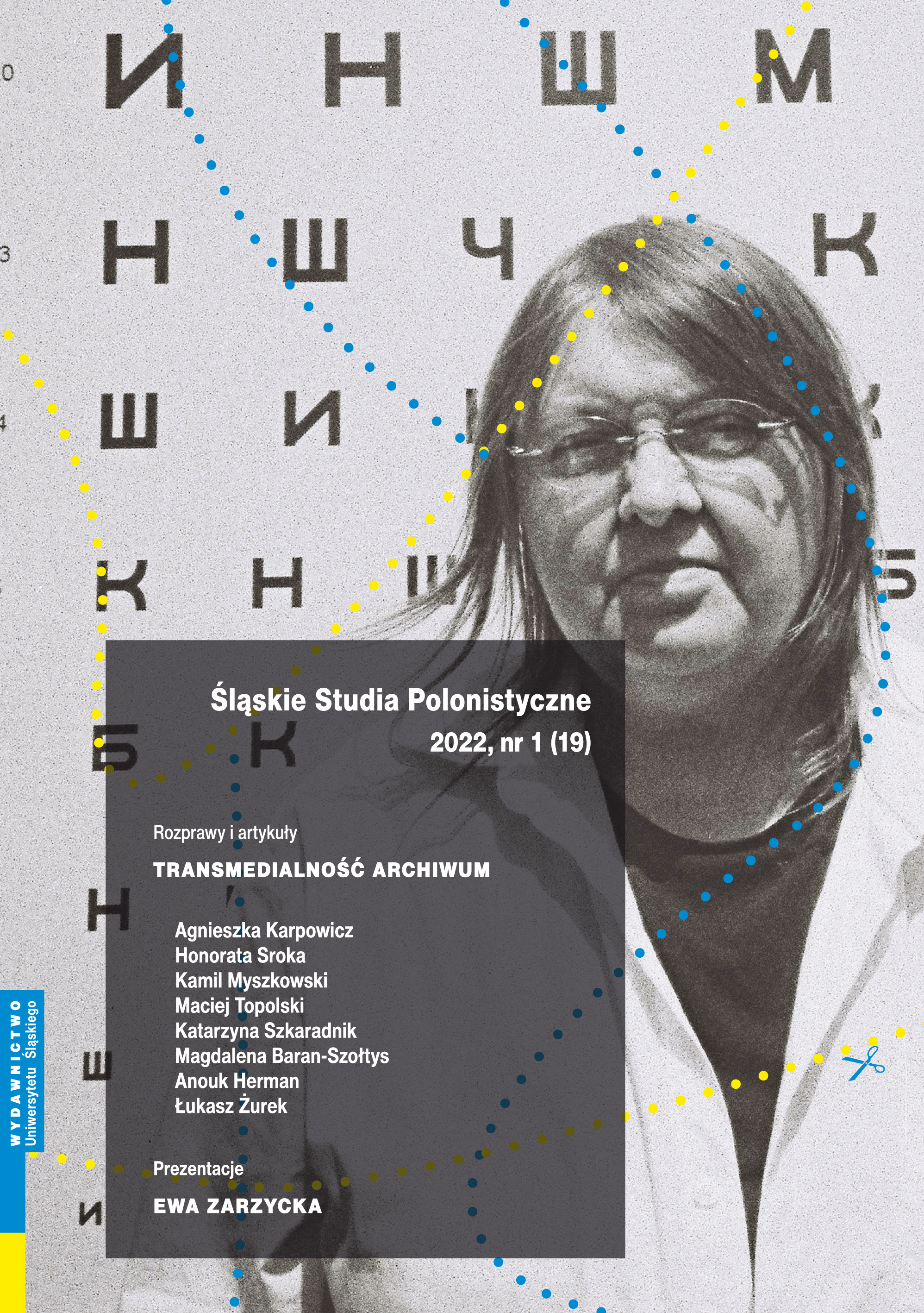
The article concerns the Themerson Archive in Warsaw, which for nearly three decades was prepared for publication by art critic Jasia Reichardt. She not only sorted out these collections, but also acted as an intermediary between the artists, the Archive, and the audience. In this case, the curatorship of the archive is an effort to bring the individual parts of the collection closer to the audience by creating a narrative about the history of individual artifacts. The curator has bestowed on the materials a broad biographical context. In her article, Honorata Sroka comes up with the idea of the curatorship of archival collections. She develops a specific approach to curatorship by describing Reichardt’s exhibition methods, i.e., the latter’s strategies of presentation and presence in the Themerson Archive. Sroka moves away from the classic approaches to the theory of archives by regarding the curator’s activities not only as attempts to limit the public’s access to knowledge about the artists and the desire to guard their collections, but rather as organizational efforts aimed at formulating a coherent method for the presentation of materials. Moreover, Sroka emphasizes the fact that Reichardt’s experience as a long-time curator of art exhibitions, the author of numerous articles, and the director of the Whitechapel Art Gallery in London has allowed her to make a highly original contribution to the field of archival studies.
More...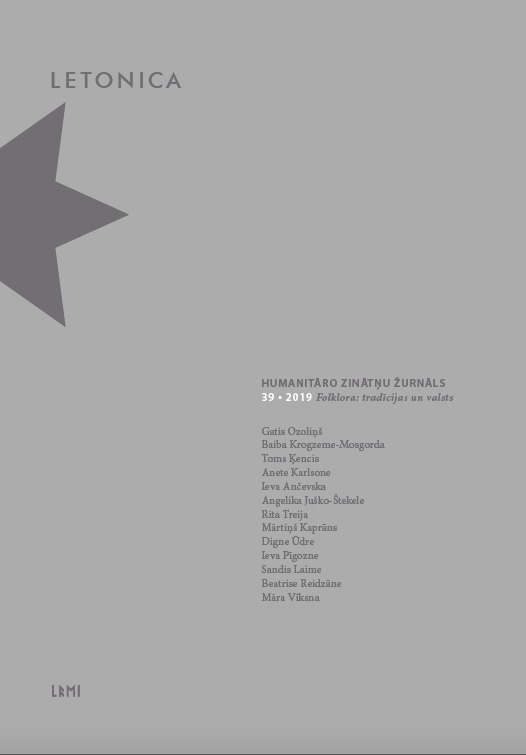
In 2014, the Archives of Latvian Folklore started developing its digital archive, which, among other things, offers an opportunity to develop new digital tools and resources for indexing folk narratives. Since the 1850s, a sizeable legend corpus has been documented in the territory of Latvia, and extensive collections have been published. While initiating the development of a digital index of legends, this article aims to consider the most comprehensive collections and publications as of today, as well to characterise the applied systems of classification and indexes. It was in the 1850s and 1860s when the first calls to write down folktales and legends were published in the press, and when the Latvian folk narratives started attracting wider interest of both Baltic German scholars and emerging Latvian intellectuals. In 1887, Fricis Brīvzemnieks published the first academic collection of folktales and legends, which included 186 texts. In this collection, the folktales and legends were classified by the genre and subject. The majority of the folktales (1863 texts) and legends (3254 texts) collected in the 19th century was published in the seven-volume edition “Latvian Legends and Folktales” (1891–1903, 2001) edited by Anss Lerhis-Puškaitis. It was the largest collection of Latvian folklore and one of the most sizeable publications of folk narratives in Europe at that time. In the early 1890s, the popularity of British anthropologist Edward Tylor’s theory of animism was growing. As no particular classification system of legends was approbated in international research circles, Lerhis-Puškaitis developed a unique system of legend classification, which was based on the theory of animism to arrange the voluminous text corpus; however, it fell under criticism in the early 20th century. The largest current publication of Latvian folk narratives (4309 folktales and 3586 legends), “Latvian Folktales and Legends” (1925–1937), was prepared for publishing by Prof. Pēteris Šmits. As for systematisation of folktales, Šmits implemented a state-of-art classification system introduced by Antti Aarne based on the historic-geographic method. Unlike folktales, researchers of legends did not have any internationally applied catalogue of legend types available at the time. Šmits classified the legends into four sections: 1) etiological legends, 2) mythological legends, 3) place legends, and 4) historical legends. The Archives of Latvian Folklore (ALF) was established in 1924 with its main task to collect and archive Latvian folklore, including legends. Along with intense activities of folklore collecting, the ALF was publishing and studying the collected materials, yet no developments toward a legend index were initiated. Having recognised legends as a significant genre for the Soviet ideology, a catalogue was initiated in the 1950s by Herta Vaita (the card index of legends). In the early 1960s Alma Ancelāne engaged in the research and classification of legends, and this also concurred with the discussion activated by the International Society for Folk Narrative Research regarding the development of an international catalogue of legends, which indirectly affected Ancelāne’s work. The card index of legends, which was completed after almost 30 years, covers nearly all of the material held in the ALF, some 57,000 texts. The material was primarily divided into etiological, mythological, and historical legends, whereas a more detailed subdivision was created grouping the legends into several sub-levels based on motifs, types, and occasionally by the themes included therein. Although Ancelāne’s card index greatly helps in orientating oneself to the collection of legends held in the ALF, it can hardly be considered as a fully completed index of motifs or types of Latvian legends. After WWII, Latvian émigrés also contributed to the classification of legends. In 1981, Lena Neuland published “Motif-Index of Latvian Folktales and Legends”, which followed the pattern of “Motif-Index of Folk Literature” by Stith Thompson using both Thompson’s names and numbers of the motifs. In 2014, the digital archive of ALF, garamantas.lv, began providing options for the development of new digital tools and resources in the research of folk narratives. Much has been accomplished in the field of legend research by now, yet there is still much to be done. A sizeable number of legends have been collected, and a large portion of them has been published, but this material has not been compiled in a single data corpus. A motif-index of Latvian legends has been developed which is accessible to the international community of legend researchers, but the material it covers equals less than 5% of the entire text corpus. Likewise, a type-index of Latvian legends should also be developed. In addition, an equally wide selection of Latvian legends should be published in English. By developing a mapping tool, the digital archive would allow for the visualization of the geographical distribution of each motif and type. There are plenty of plans and intents to implement. The first impressions gained from an implementation of those will be addressed in a separate article.
More...